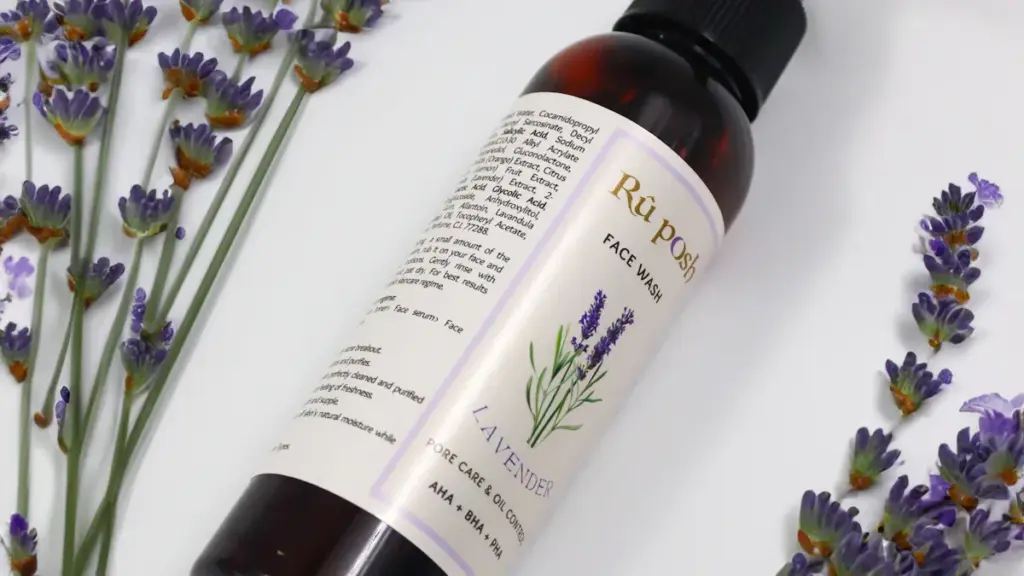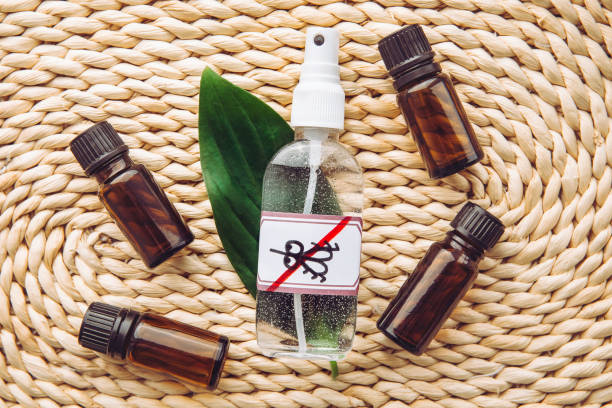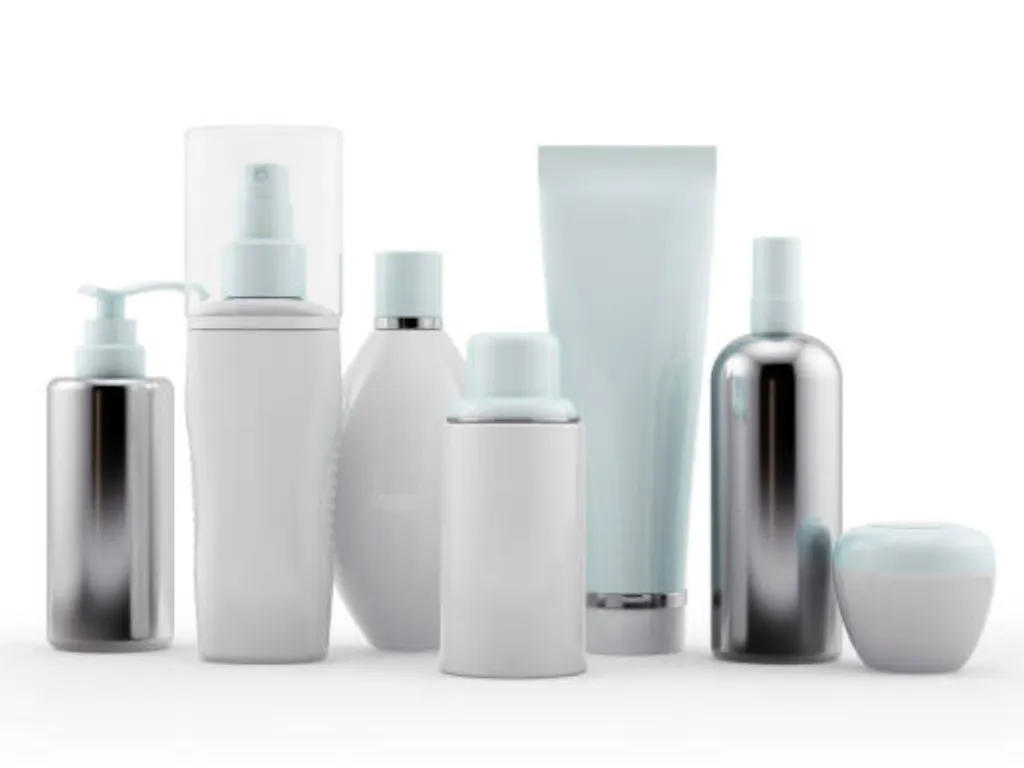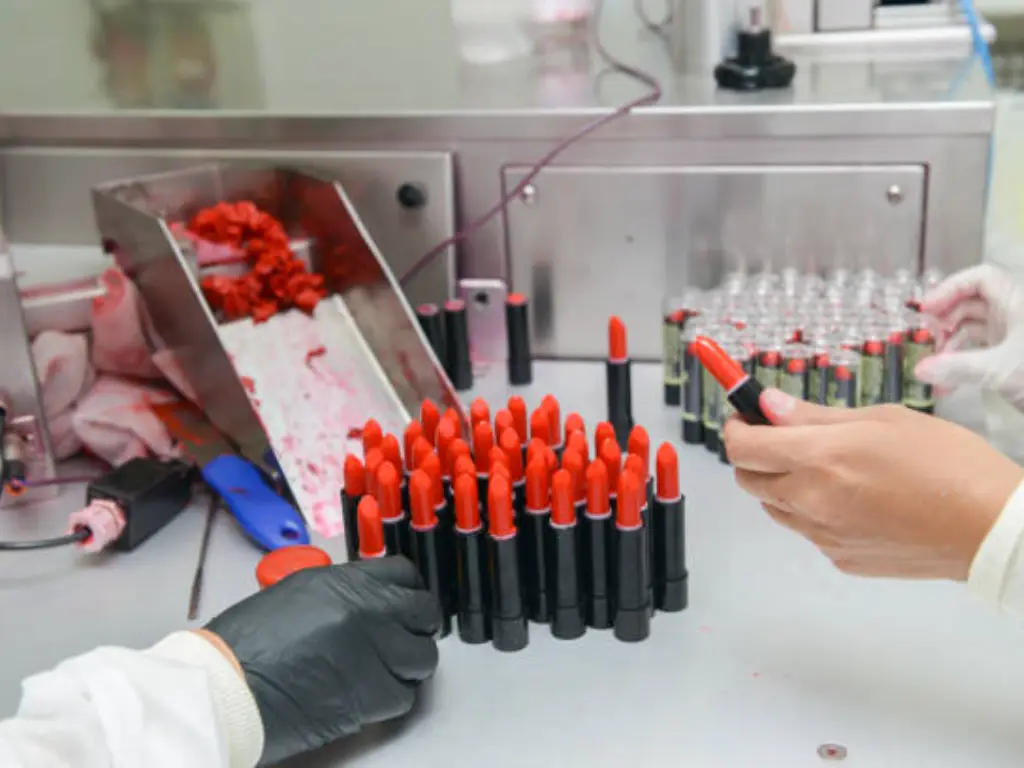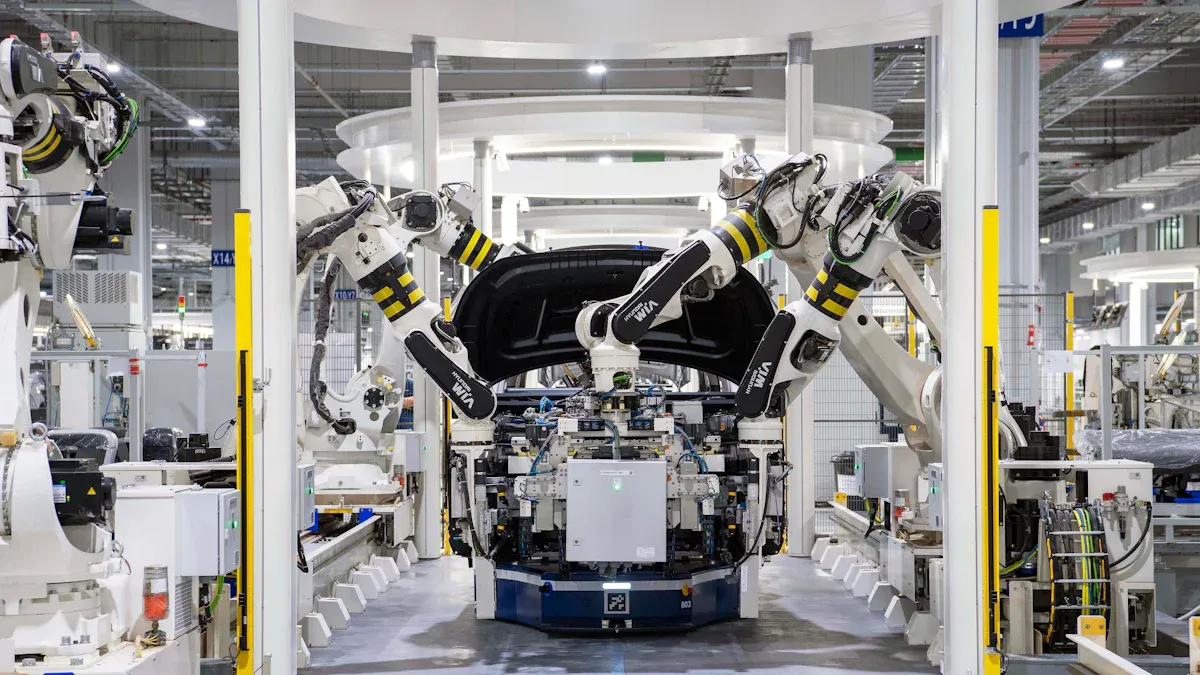
In beauty manufacturing, the fusion of automation and artistry creates a powerful combination. Automation brings speed and precision to production, ensuring consistent quality. Artistry, on the other hand, preserves the creativity and craftsmanship that make products unique. Studies show that technology, when paired with traditional skills, enhances both efficiency and craftsmanship. This balance allows you to deliver reliable, high-quality products while meeting your customer’s desire for individuality.
Why Balancing Automation and Artistry Matters
Impact on Product Quality
Balancing automation with artistry ensures that your products meet the highest standards of quality. Automation handles repetitive tasks like mixing ingredients or filling containers, which guarantees precision and consistency. However, artistry plays a vital role in refining the final product. For example, in lipstick production, machines pour the mixture into molds, but skilled artisans inspect each piece to ensure it meets aesthetic standards. This combination of technology and human expertise creates products that resonate with customers.
A study on manufacturing processes highlights the importance of this balance. Automation improves efficiency, while human oversight ensures quality. This synergy allows you to deliver products that are both reliable and visually appealing. By leveraging both approaches, you can maintain the integrity of your brand and meet customer expectations.
Aspect | Findings |
|---|---|
Quality Management | The study emphasizes the need for quality modeling and process plan generation in remanufacturing. |
Cost Optimization | Algorithms developed help identify cost-efficient plans tailored to specific capabilities. |
Practical Relevance | Validated through real-world applications in the automation industry, demonstrating effectiveness. |
Generalizability | The method can be applied to various remanufacturing processes, ensuring adaptability. |
Role in Brand Identity
Your brand identity relies on the unique qualities of your products. Automation helps you maintain consistency, which is essential for building trust with your clients. For instance, automated systems ensure that every product meets the same high standards, reinforcing your brand’s reputation for quality. At the same time, incorporating artisanal touches, such as custom designs or limited-edition packaging, adds a layer of exclusivity that sets your brand apart in the beauty industry.
Research shows that investing in automated systems can enhance your brand’s competitiveness. Automated filling machines reduce downtime and increase production capacity, allowing you to meet growing demand without compromising quality. Additionally, using eco-friendly machines aligns your brand with sustainability, which appeals to eco-conscious customers. This approach strengthens your brand identity and positions you as a leader in the beauty industry.
Evidence Description | Key Benefit |
|---|---|
Maintains brand integrity and meets consumer expectations. | |
Automated filling machines improve production efficiency and reduce downtime. | Cost savings and increased production capacity enhance brand competitiveness. |
Investment in eco-friendly machines aligns with consumer demand for sustainability. | Positions brands as leaders in sustainability, attracting eco-conscious consumers and investors. |
Influence on Customer Perception
Customers value products that combine reliability with a personal touch. Automation ensures that your products are consistent, which builds trust and enhances the customer experience. However, artistry adds the individuality that customers crave. For example, offering limited-edition products or custom designs can create a sense of exclusivity, making your brand more appealing.
Blending automation with artistry also improves the seamless customer experience. When customers see that your products are both high-quality and unique, they are more likely to associate your brand with innovation and craftsmanship. This balance not only meets their expectations but also fosters loyalty, ensuring long-term success in the competitive beauty market.
Tip: Identify areas to leverage automation without compromising the artisanal aspects of your products. This approach allows you to maintain quality while enhancing the customer experience.
Benefits of Automation in Beauty Manufacturing
Efficiency and Scalability
Automation transforms the production process by significantly improving efficiency and scalability. Machines operate without breaks, enabling faster production rates and reducing downtime. This allows you to meet growing demand while maintaining consistent quality. For example, automated systems streamline tasks like ingredient mixing and packaging, which speeds up the entire process.
Scalability becomes effortless with automation. Systems can handle increased production volumes without sacrificing quality or reliability. This flexibility ensures that your brand can adapt to market trends and customer demands. Additionally, automation reduces labor costs and minimizes errors, leading to substantial cost savings.
Metric | Benefit Description |
|---|---|
Production Efficiency Rate | Automation increases productivity, allowing for faster production without breaks. |
Cost Savings | Reduces labor costs and minimizes errors, leading to significant financial savings. |
Real-time Insights | Provides up-to-date data for informed decision-making, enhancing operational agility. |
Higher Quality Products | Standardized processes lead to fewer defects and increased product reliability. |
Improved Scalability | Easily scalable systems can handle increased production volumes without sacrificing quality. |
Faster Time-to-Market | Streamlined processes reduce lead times, allowing quicker market entry and responsiveness to trends. |
Consistency in Product Quality
Automation ensures consistency in product quality by standardizing processes. Machines perform repetitive tasks with precision, reducing the likelihood of defects. For instance, automated filling systems guarantee that each product contains the exact amount of ingredients, ensuring uniformity. This reliability builds trust with your customers and enhances their experience.
Key performance indicators (KPIs) confirm the consistency provided by automation. Metrics like defect rates, first-pass yield, and customer complaint rates highlight the effectiveness of automated systems. Real-time analytics further enhance reliability by continuously monitoring processes and identifying areas for improvement. These tools ensure that your products meet the highest standards, reinforcing your brand’s reputation in the beauty industry.
Control Charts: Track process data over time to identify trends and variations.
Real-Time Analytics: Monitor processes continuously to enhance reliability and reduce defects.
Addressing Concerns About Losing Artistry
While automation offers numerous benefits, some worry it might overshadow craftsmanship and artistry. However, you can preserve artisanal skill by focusing on areas where human creativity shines. For example, design and finishing touches can remain handmade, ensuring each product retains its unique charm. Limited-edition collections or custom designs also allow you to showcase artisanal expertise.
Collaboration between technology and artistry creates a balanced approach. Machines handle repetitive tasks, freeing artisans to focus on creative aspects. This synergy enhances both efficiency and craftsmanship, delivering products that resonate with customers. By integrating automation thoughtfully, you can maintain the value of artisanal skill while meeting the demands of modern beauty manufacturing.
Tip: Use automation to handle routine tasks, allowing artisans to focus on creativity. This approach ensures a perfect blend of efficiency and artistry.
Strategies to Preserve Artistry in Manufacturing
Focus on Design and Finishing Touches
Preserving artistry in beauty manufacturing starts with focusing on design and finishing touches. While automation handles repetitive tasks like ingredient mixing or packaging, the final details often require a human touch. These details, such as intricate patterns on a product or unique packaging designs, elevate your brand and make your products stand out. For example, handmade embellishments or custom labels can transform a standard product into a work of art.
Integrating artisanal techniques into automated processes ensures that your products retain their authentic charm. You can preserve original recipes while scaling up production, honoring tradition without sacrificing efficiency. Skilled oversight during the production process also guarantees that every product meets your quality standards. This approach allows you to combine the precision of automation with the creativity of craftsmanship, delivering a superior customer experience.
Kevin Hanegan, an expert in data-driven decision-making, highlights the importance of balancing data insights with human intuition. While automation provides consistency, human creativity ensures that your products remain unique and memorable. By blending these elements, you can achieve a harmonious balance that resonates with your clients.
Tip: Use automation for repetitive tasks and reserve design and finishing touches for artisanal makers. This strategy ensures that your products maintain their individuality.
Incorporating Limited-Edition or Custom Products
Offering limited-edition or custom products is another effective way to preserve artistry. These products allow you to showcase your brand’s creativity and cater to customers seeking unique beauty solutions. Limited-edition collections often feature exclusive designs or rare ingredients, creating a sense of exclusivity that appeals to your audience. Custom products, tailored to individual preferences, further enhance the customer experience.
The market for personalized beauty products is growing rapidly. In 2024, the global personalized skincare market was valued at $25.1 billion and is projected to reach $47.4 billion by 2034, with an annual growth rate of 8.3%. This growth reflects increasing consumer interest in tailored solutions, such as skincare routines designed for specific concerns like acne or aging. Advancements in technology, including AI-based recommendation tools, make it easier than ever to offer customized options.
By incorporating limited-edition or custom products into your marketing strategy, you can differentiate your brand in the competitive beauty industry. These offerings not only attract new customers but also foster loyalty among existing ones. They demonstrate your commitment to artistry and innovation, reinforcing your brand’s reputation for quality and creativity.
Note: Highlight the exclusivity of limited-edition products in your marketing campaigns. This approach can create excitement and drive demand.
Collaborating with Skilled Artisans
Collaborating with skilled artisans is essential for preserving craftsmanship in beauty manufacturing. Artisans bring a wealth of experience and creativity to the table, ensuring that your products retain their unique appeal. Their expertise in areas like design, formulation, and finishing touches adds a layer of authenticity that automated systems cannot replicate.
To integrate artisans into your production process, consider involving them in key stages such as product design or quality control. Their input can help you refine your offerings and maintain high standards. Selective ingredient sourcing, guided by artisanal makers, also ensures that your products meet customer expectations for quality and authenticity.
Partnerships with artisans not only enhance your products but also strengthen your brand’s identity. Customers value the story behind a product, and highlighting your collaboration with skilled makers can add depth to your brand narrative. This approach aligns with the growing demand for artisanal and handmade products in the beauty market.
Callout: Partnering with artisans allows you to combine the efficiency of automation with the creativity of human craftsmanship. This collaboration ensures that your products stand out in the beauty industry.
Tools and Technologies That Complement Artistry
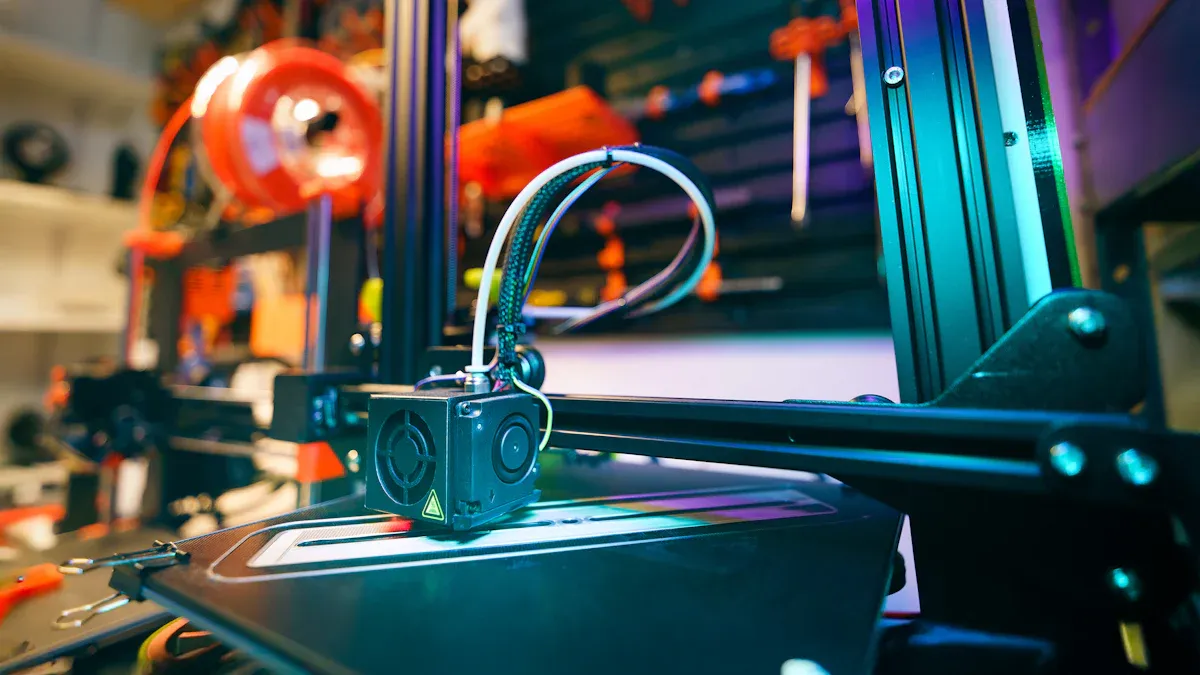
Precision Machinery for Enhanced Craftsmanship
Precision machinery plays a vital role in enhancing the craftsmanship of beauty products. These tools allow you to achieve intricate designs and flawless finishes that would be challenging to replicate manually. For example, advanced molding machines can create detailed patterns on packaging or product surfaces, elevating the overall aesthetic. This precision ensures that every item meets the high standards your clients expect.
Modern machinery also supports artisanal makers by complementing their skills. Instead of replacing human creativity, these tools amplify it. Machines handle the technical aspects of the production process, such as cutting or engraving, while artisans focus on the creative elements. This collaboration results in products that combine the efficiency of automation with the charm of artisanal craftsmanship.
Tip: Invest in precision tools that align with your brand’s artistic vision. This approach ensures your products maintain their unique appeal.
Software for Design Optimization
Design software has revolutionized beauty manufacturing by streamlining the creative process. These tools allow you to experiment with colors, textures, and patterns before production begins. AI-powered design assistance takes this a step further by analyzing trends and offering suggestions, helping you stay ahead in the competitive beauty market.
How software enhances artistry:
Algorithms generate design suggestions tailored to your brand’s style.
Machine learning enables personalized designs for individual customers.
Using design software also reduces waste. You can visualize and refine your ideas digitally, minimizing errors during production. This efficiency not only saves resources but also ensures your products align with your artistic goals.
Automation Tools for Repetitive Tasks
Automation tools simplify repetitive tasks, allowing you to focus on creativity and customer experience. These tools handle essential but time-consuming activities like inventory tracking for products, ingredient mixing, and packaging. By automating these processes, you can maintain consistency and scale your production without compromising quality.
Aspect | Description |
|---|---|
Project planning and execution | Automation builds reliable, scalable workflows for different processes, enhancing efficiency. |
Team collaboration and communication | Automated status updates and AI-generated summaries ensure clear communication among team members. |
Performance monitoring | Pre-built reporting dashboards allow for easy tracking of progress and performance across the organization. |
Balancing automation and creativity | Effective automation maximizes efficiency while preserving the need for human insight and decision-making. |
These tools also improve communication within your team. Automated updates keep everyone informed, ensuring smooth collaboration. By integrating automation thoughtfully, you can balance efficiency with artistry, delivering exceptional beauty products that resonate with your customers.
Case Studies: Successful Integration of Automation and Artistry
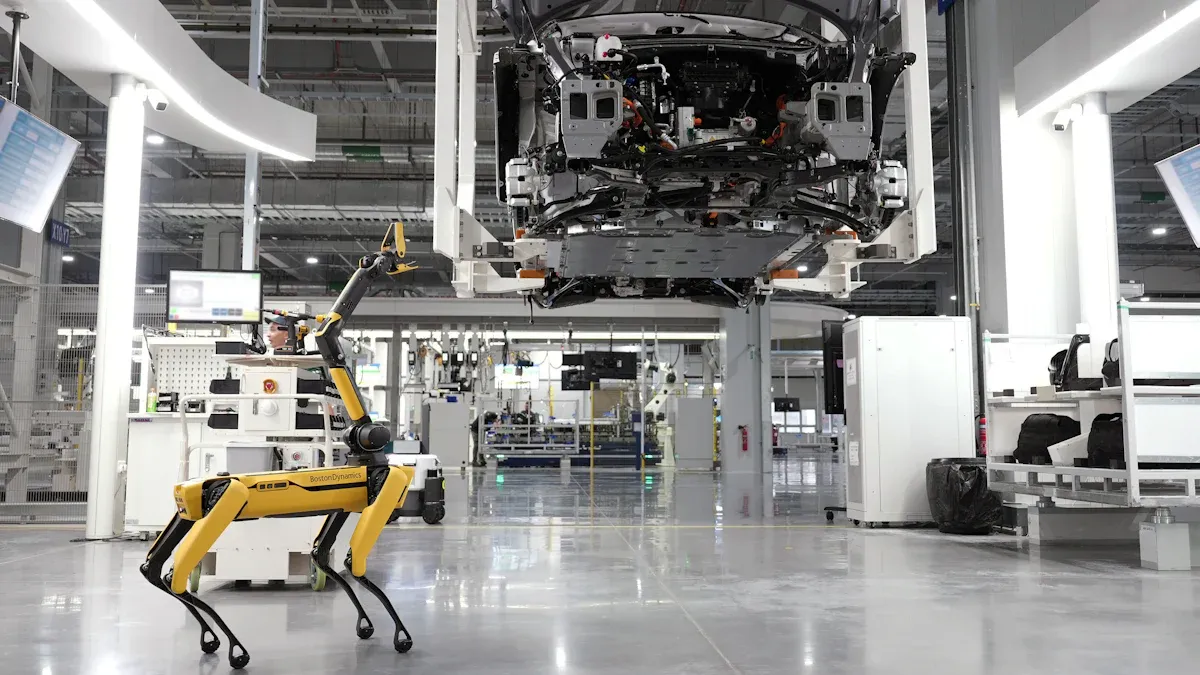
Real-World Example: Oully’s Approach to Balancing Automation and Artistry
Oully demonstrates how to merge automation with artistry in beauty manufacturing. Its FDA-, ISO-, and cGMP-certified facility uses advanced machinery to streamline the production process. Tasks like ingredient mixing and packaging are automated to ensure precision and consistency. However, Oully also collaborates with artisanal makers to preserve the creative aspects of its products. Skilled artisans oversee design and finishing touches, ensuring every item reflects the brand’s commitment to quality and individuality.
Oully’s experience in custom formulation and packaging design highlights its ability to balance efficiency with creativity. For example, the company offers limited-edition collections that feature unique designs and rare ingredients. These products appeal to customers seeking exclusivity and innovation. By combining automation with artisanal craftsmanship, Oully helps its clients maintain their brand identity while scaling production to meet global demand.
Hypothetical Scenario: A Boutique Brand Leveraging Automation for Growth
Imagine a boutique beauty brand aiming to expand its reach without losing its artisanal charm. The brand could implement automation tools to handle repetitive tasks like inventory management and ingredient mixing. This approach would free up time for artisans to focus on creative aspects, such as designing custom packaging or developing new product lines.
The brand could also use AI-powered marketing tools to analyze customer preferences and predict trends. This data would guide the creation of limited-edition products tailored to specific audiences. For example, a skincare line featuring personalized formulations could attract eco-conscious customers. By integrating automation thoughtfully, the brand could increase production capacity, reduce administrative hours, and exceed sales targets. This strategy would ensure growth while preserving the artistry that sets the brand apart.
Tip: Combining automation with artisanal expertise allows you to scale your business without compromising creativity.
Actionable Steps for Manufacturers
Conducting Process Audits
Conducting regular process audits ensures your beauty manufacturing operations remain efficient and aligned with industry standards. These audits help you identify gaps, improve quality management systems, and prepare for external regulatory inspections. They also demonstrate your commitment to quality, which builds trust with your customers and strengthens your brand reputation.
To conduct effective audits, follow these steps:
Map out your production process to visualize critical data collection points.
Plan data collection by defining variables and scheduling regular intervals.
Analyze baseline performance using capability indices to identify areas for improvement.
Calibrate and validate measurement tools to ensure accuracy.
Review collected data and generate reports highlighting key metrics.
Use insights to refine processes and implement continuous monitoring.
By adopting this structured approach, you can enhance efficiency, reduce errors, and maintain high standards in your production process.
Investing in Training for Artisans and Technicians
Training your artisans and technicians equips them with the skills needed to thrive in a modern manufacturing environment. Artisanal makers benefit from learning how to integrate traditional craftsmanship with advanced tools, while technicians gain expertise in operating and maintaining automated systems. This dual focus ensures your team can balance artistry with business automation.
Offer workshops on emerging technologies, such as automated scheduling software, to streamline operations. Provide hands-on training for artisans to enhance their creativity while using precision machinery. Encourage cross-functional learning to foster collaboration between your team members. These efforts not only improve efficiency but also empower your staff to deliver exceptional results.
Callout: Investing in training boosts employee morale and ensures your team stays ahead in the competitive beauty industry.
Building Collaborative Teams of Engineers and Creatives
Building interdisciplinary teams that include engineers and creative professionals fosters innovation in your beauty manufacturing process. Engineers bring technical expertise, while creatives contribute fresh ideas and artistry. Together, they can tackle complex challenges and develop unique solutions that set your brand apart.
For example, systems engineers can work with artisanal makers to optimize production workflows without compromising creativity. Case studies, such as the Mayo Clinic’s Multidisciplinary Design Clinic, highlight how collaboration across disciplines leads to groundbreaking results. Similarly, your team can use automated marketing campaigns to analyze customer preferences and design products that resonate with your audience.
Encourage open communication and regular brainstorming sessions to maximize the potential of your collaborative teams. This approach not only enhances your production process but also strengthens your brand’s ability to innovate and adapt.
Note: Collaboration between engineers and creatives ensures your products combine technical precision with artisanal charm, appealing to a diverse customer base.
Automation and artistry work together to create exceptional beauty products. By combining efficiency with craftsmanship, you can meet customer expectations while preserving your brand’s identity. Embrace innovation to streamline production and use artisanal traditions to enhance your marketing efforts. This balance ensures your success in the competitive beauty industry.
FAQ
How can automation improve efficiency in beauty manufacturing?
Automation speeds up repetitive tasks like mixing and packaging. It reduces errors and ensures consistent quality, helping you meet production goals faster.
Will automation replace artisanal craftsmanship?
No, automation complements artistry. Machines handle routine tasks, allowing artisans to focus on creative aspects like design and finishing touches.
What tools help balance automation and artistry?
Precision machinery enhances craftsmanship, while design software optimizes creativity. Automation tools streamline repetitive processes, ensuring efficiency without sacrificing individuality.
Tip: Use technology to amplify creativity, not replace it.


